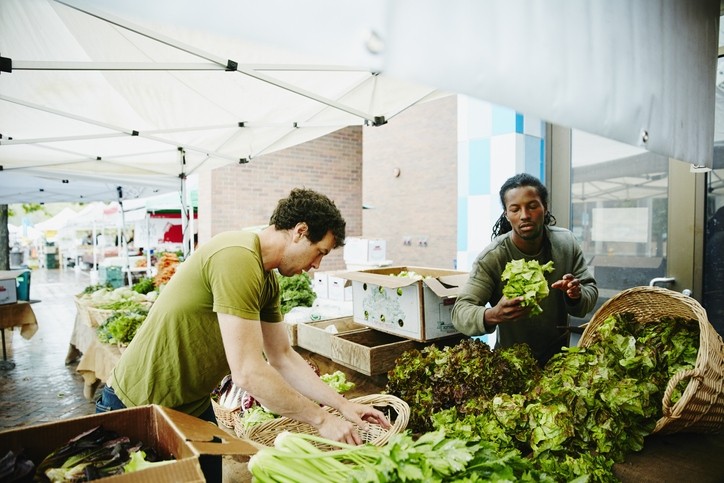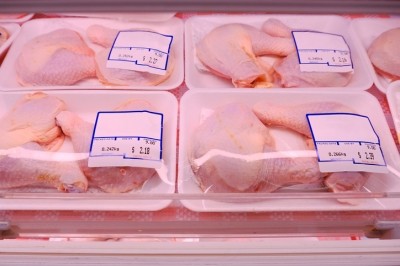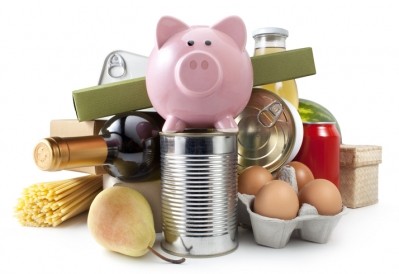USDA earmarks millions for farmers markets, prescription produce and farm to school programs to ‘transform the food system’

As part of the Biden-Harris Administration’s ambitious efforts to create a more resilient food system by reinforcing local and regional food systems, the US Department of Agriculture is investing in nutrition programs at farmers markets to help stretch low-income consumers’ dollars and improve access to nutritious and affordable food while also supporting small businesses.
Earlier this month, USDA earmarked nearly $8m to support Gus Schumacher Nutrition Incentive Program (GusNIP) Produce Prescription Programs as part of the American Rescue Plan, which set aside $40m for GusNIP produce programs.
Among the GusNIP grants announced earlier this month is the Appalachian Farmacy Produce Prescription Program in Johnson City, Tenn., which will give at least $240 to 360 households to buy fresh produce from local farmers markets and grocery stores.
In the neighboring state of Kentucky, the Franklin County Farmers Market in Frankfort used GusNIP funds to add a FreshRx prescription vegetable program for pregnant women and a voucher program to help vendors sell produce directly to schools thanks to a grant from USDA’s Farmers Market and Local Promotion Program.
To further reinforce children’s access to locally produced foods through their schools and support small and mid-sized farms, USDA earlier this summer announced it will award more than $10m in Farm to School Grants to 123 projects across the country, and for the first time is “empowering states” with $60m in non-competitive grants for Farm to School programs in the next four years.
These programs not only provide children with high quality food but bring financial stability to participating farmers and build resiliency into supply chains strained in recent years by the pandemic and other challenges, according to USDA.
Farmers markets help stretch grocery dollars
Farmers markets also are essential support for Federal Nutrition Programs with more than half of farmers markets nationwide accepting program benefits and about a third offering matching programs that increase Federal Nutrition Program benefits, according to the most recent Farmers Market Managers Survey conducted by USDA.
Supplemental Nutrition Assistance Program funds are the most prevalent benefit accepted at farmers markets with 78% of markets accepting them, with vouchers from the Women Infant and Children Farmers’ Market Nutrition Program were also accepted at 57.5% of markets. A similar percentage, 56.4%, accepted funds from the Senior Farmers Market Nutrition program, which USDA announced earlier this month would receive an addition $50m.
To further support “a diversity of growers while helping consumers access healthy foods,” and ease nutrition insecurity “exposed and exacerbated” by the pandemic, USDA announced in June it will also invest $155m in grants and loans for entities that offer healthy food to underserved communities through the Healthy Food Financing Initiative, $25m to support SNAP technology improvements and $100m to crate a new Healthy Food Incentive Fund that will support schools improve the nutritional quality of the meals they serve children.










